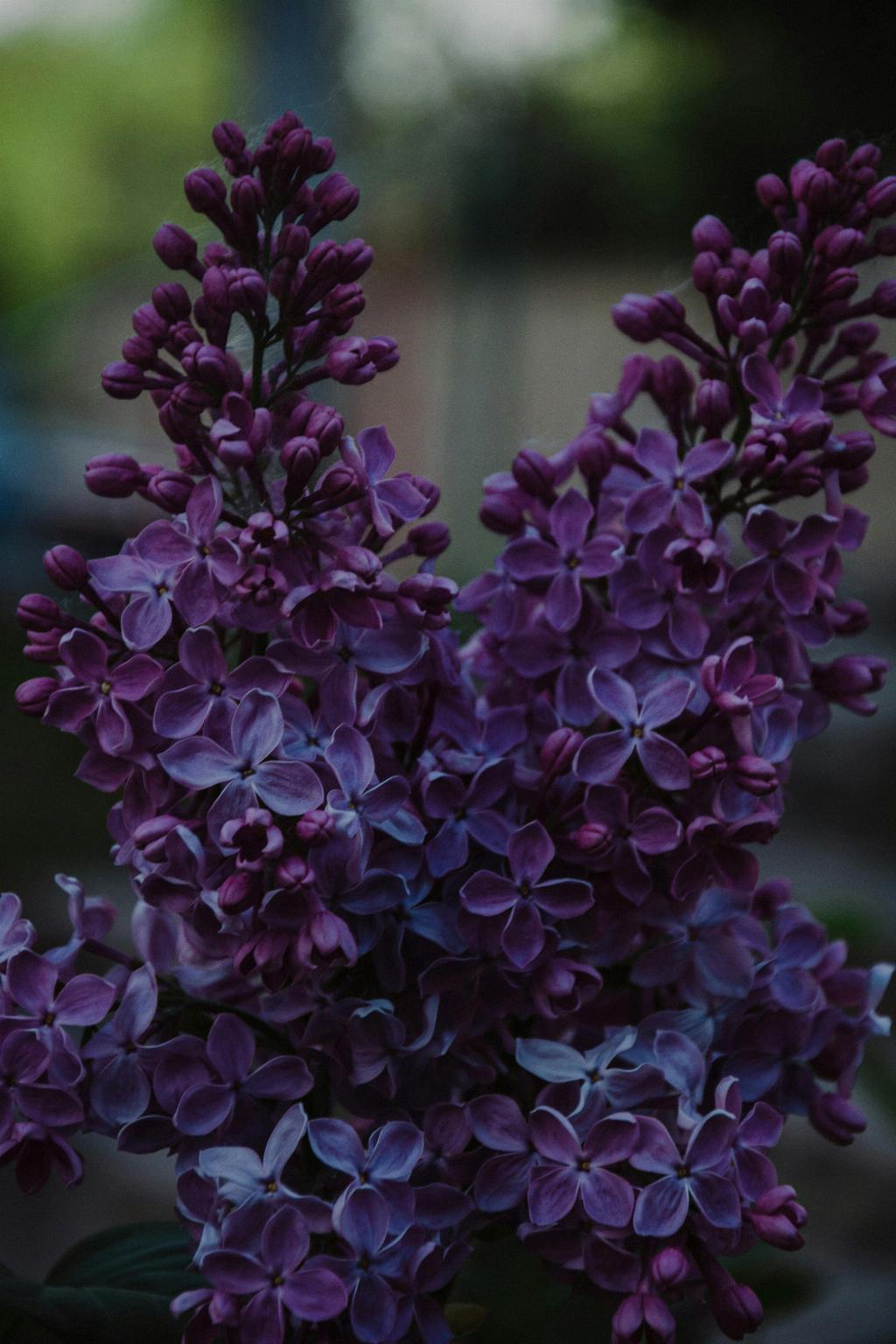When it comes to the safety of cats around lilac plants, it is crucial to distinguish between different types of lilacs. The common lilac plant, scientifically known as Syringa vulgaris, is generally considered safe for cats to be around. This variety of lilac does not pose a significant threat to our feline friends if they come into contact with it.
On the other hand, the Persian lilac, which belongs to the Melia genus, can be highly toxic to cats if ingested. Persian lilac plants contain substances that can trigger adverse reactions in cats, leading to symptoms such as gastrointestinal distress, muscle weakness, tremors, and even seizures. It is essential for cat owners to be aware of the potential dangers posed by specific types of lilac plants.
While the common lilac is generally safe, it is always advisable to monitor your cat’s interactions with any plant in your home or garden. Cats are naturally curious creatures and may sometimes nibble on plants out of curiosity. Keeping a close eye on your cat’s behavior around plants can help prevent any accidental ingestion of potentially harmful substances.
If you have a Persian lilac plant in your household and you are a cat owner, it is crucial to take extra precautions to ensure your cat’s safety. Placing the plant out of your cat’s reach or opting for alternative cat-friendly plants can help minimize the risk of exposure to toxic substances. Remember, prevention is key when it comes to protecting your beloved feline companion.
In case you suspect that your cat has ingested any part of a plant and is displaying unusual symptoms, it is vital to seek immediate veterinary attention. Early intervention can make a significant difference in the outcome of potential plant toxicity cases. Your veterinarian can provide the necessary care and treatment to help your cat recover from any adverse effects of plant ingestion.
Educating yourself about the plants in your home and their potential risks to your pets is an essential part of responsible pet ownership. By being informed about which plants are safe and which ones are toxic to cats, you can create a safe environment for your feline companion and minimize the chances of accidental poisoning incidents.
Regularly inspecting your indoor and outdoor plants for any signs of nibbling or damage can help you identify if your cat has been exploring certain plants. If you notice any suspicious behavior or symptoms in your cat after being around a specific plant, do not hesitate to contact your veterinarian for guidance on how to proceed and ensure your cat’s well-being.
As much as we enjoy having greenery in our living spaces, the safety of our pets should always come first. Taking proactive measures to pet-proof our homes and gardens can create a harmonious environment where both plants and pets can thrive without posing risks to each other’s well-being.
Remember that prevention, awareness, and prompt action are key components in safeguarding your cat’s health and ensuring a happy and healthy life for your furry companion. By staying informed and attentive to your cat’s surroundings, you can create a safe and enriching environment where your cat can play, explore, and relax without encountering any preventable dangers.
In conclusion, while common lilac plants are generally safe for cats, Persian lilac plants can be toxic if ingested. Being mindful of the types of plants you have in your home and their potential risks to your pets is crucial in maintaining a safe and pet-friendly environment for your beloved feline companions. Stay informed, stay vigilant, and prioritize your cat’s well-being above all else.

